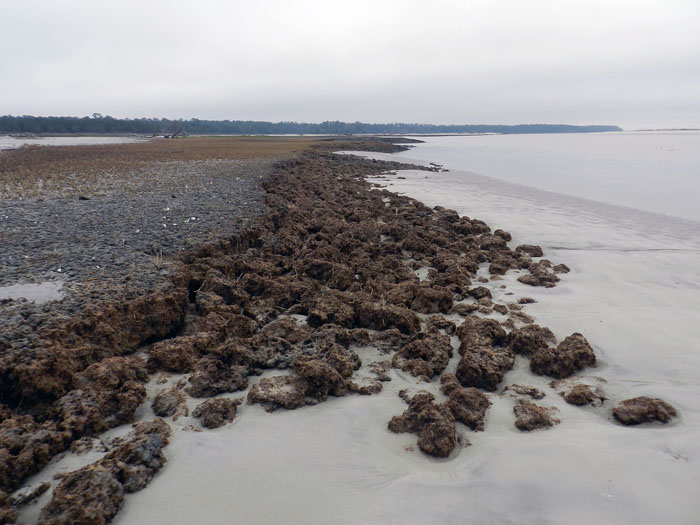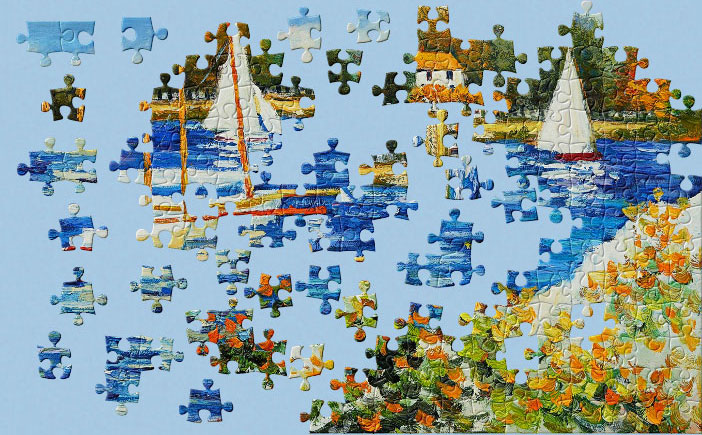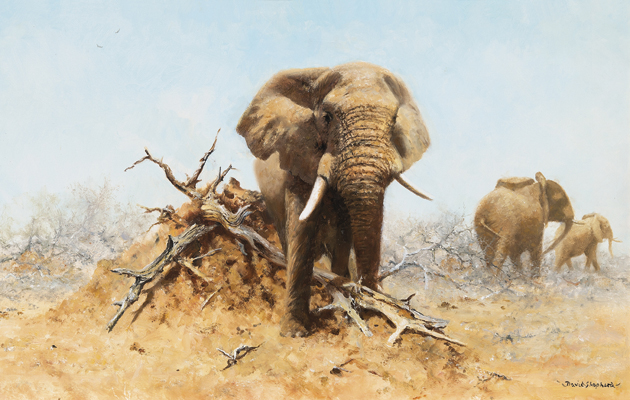When a computer crashes, I am reminded saliently and uncomfortably of how much I depend on my office computer and laptop to conduct my art business. Alas, the beauteous world of salt marshes and surging tidal creeks is not the best place to find competent people to help one out - in fact, quite the contrary, and it seems that many local computer repair people are the heirs to the Devonshire coast wreckers of yore.
So the inevitable conclusion, when I cannot even print out an exhibition proposal correctly to meet a deadline, is that I need to swallow hard and buy a new CPU. One that will "reanimate" printers, scanners and all the other gizmos one seems to need in this hydra-headed image business. So a careful study of the latest Consumer Reports computer rankings heads me and my husband to the HP (Hewlett Packard) website, a serious mad-maker. Finally, we narrow down choices that we try to tailor and order on the website. After several attempts, which get one almost to the end and then cancel out, we decide to talk to a real live person. Finally, we succeed. Hurray!
We explain what equipment we have, all the accessories we need to connect to the CPU, ask advice and guidance, and eventually select a Pavilion Elite e 9250t. The scrabble soup of 8Gbs, 1TBs, 1GBs, LANs and SDRAMs gets sorted out. Credit card numbers, e-mail addresses and street addresses are carefully given and laboriously repeated back to us. Signed and sealed - with assurances of an e-mail confirmation to come swiftly.
No confirmation, even 24 hours later. So, armed with order number, my patient husband phones again, since the website doesn't want to recognise we exist. Surprise, surprise, the order has not been put through, despite confirmation. So we start again – with a promised additional delay in the delivery date. Not an impressive start and an augury we should have heeded! However, in record time, I meet the doughty FedEx man staggering up the front steps with the bulky box.
We then spend another chunk of change to bespeak the services of an HP technical representative to come and install the CPU, connect up all the other bits and pieces and get the wireless links going. The only trouble is that until a security code and password are delivered with much flourish and more delay, HP won't get organised on sending someone. We are now into a week of HP dances by now.
The very nice gentleman appears to install everything, on time, and efficiently. He gets quieter and quieter in the computer room and the hours go by. My husband and I exchange glances and raise eyebrows - I suggest cups of tea. Eventually we hear him phoning the HP tech support people and spending the next half-hour having a conversation with a well-meaning person yet again halfway around the world. Someone who is clearly out of his depth and of no use at all. More time elapses.
Finally as the afternoon dusk encloses us, we learn that despite all our earnest conversations and asking advice of the original salespeople at HP, we have ended up as the proud possessors of a totally useless piece of expensive equipment! The problem? Windows 7 !! Mind you, "Genuine Windows 7 Home Premium 64-bit" - not just some humpty-dumpty Window 7 programme. We learn that this oh so superior programme, the guts of the CPU , doesn't like to have any truck with any of the other programmes we have for printers, scanners, even our brand new notebook and fairly new laptop. We go round in circles, almost contemplating buying new printers, a parallel CPU with another programme - until we get satiated.
I pick up the phone to HP to see if we can put on Windows Vista instead and end up with a very nervous young man who thinks I can get a CPU with all the other aspects we chose, but with Vista instead of this Windows 7 problem. But, he implores me, please, please call back in half an hour, because his superior isn't there. Has anyone noticed that no superior, anywhere, is ever available now when you ask to speak to a supervisor?
In half an hour, dinner guests are about to walk through the floor, when I am going through the same ridiculous mating dance of the duck-billed platypus of name, e-mail address, mailing address, when I have already given a ticket number of the whole sorry business. And, surprise, no supervisor is available. So at 10.30 p.m., we bid farewell to delightful friends, and I pick up the phone again. 76 minutes later, I am cut off, having had my ears assaulted by ugly, over-loud music and had parrot-voices of great formulaic courtesy. I succeed in getting a return authorisation number because there is no redemption for HP Pavilions with their Windows 7 guts. The singsong voice instructs me to print out the return label: I point out that it is
because we can't use our printers through this HP computer that we want to return it. Oh!
At well after midnight, I have been transferred to about seven departments, been put on hold interminably, had conversations which verged from near lunacy to constructive charm, and decided that HP was an company whose ethos reminded me of General Motors 25 years ago. I wondered whether - in our speeded-up world - it will take so long for another such company to unravel. Such a return transaction should have required one phone call, an explanation, exchange of identifying numbers, and the rest of the return and reinbursement arrangements should have been conducted internally, within HP. Not over two hours on the phone... with my having to repeat the same items over and over and over again to different people in different departments in distant lands.
Eventually, I was the proud possessor of two return authorisation numbers, for the CPU and for the installation fee, with FedEx instructed to pick up one from 7 a.m.-1 p.m., and the second from 1 p.m.-7 p.m. - go figure! FedEx sensibly picks up both packages together. But, and a big but, we await more tracking numbers before the three to five days for reimbursement kick in. Not too marvellous for an artist...
Well, after this saga, I am no further along in conducting my art business that ten days ago. But I am older and wiser as a purchaser of HP computers. Has anyone ever heard of that expression: caveat emptor?


![Bamboo in Snow -- Illustration from the Ten Bamboo Studio Manual of Calligraphy and Painting (Shizhuzhai shuhua pu), Hu Zhengyan [Hu Cheng-yen], Chinese (c. 1582 -1672) (after 1732, before 1703), (Image courtesy of the Harvard Art Museum)](https://images.squarespace-cdn.com/content/v1/58871e942994ca0cab5df1b1/1518970964747-HNY0UW3PDNP6WUW2FPHH/18721476.jpg)






